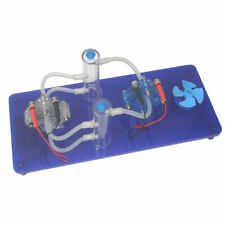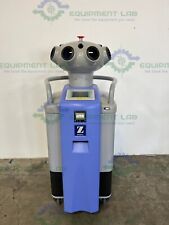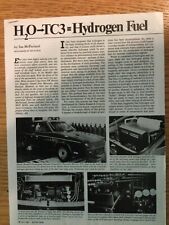
A technique that uses photochemical molecular devices to produce hydrogen gas from water could be an important step on the way to seeing the widespread use of hydrogen as a power source in the future. The chemists from Virginia Tech (VT) presented their research yesterday at the national meeting of the American Chemical Society in Washington D.C.
The man-made molecular devices – described by the chemists as supramolecular ruthenium(II), rhodium(III) mixed metal complexes – use the energy from light to collect electrons which are then used to split the hydrogen and oxygen in water. Professor of chemistry at VT, Karen Brewer, said that her group was able to use light to initiate electron collection and deliver the electrons to the catalyst site where they can be used to reduce water to hydrogen. “Light energy is converted to chemical energy,” she said.
The researchers are working alongside scientists from the Air Force Research Laboratory (AFRL), which is modeling what happens in the molecular systems after light is absorbed. “The AFRL researchers are interested in how light causes charge separation in large molecular systems. We have been working together to understand the initial stages of the light activation process in our molecular assemblies,” Brewer said.


















Comments are closed.